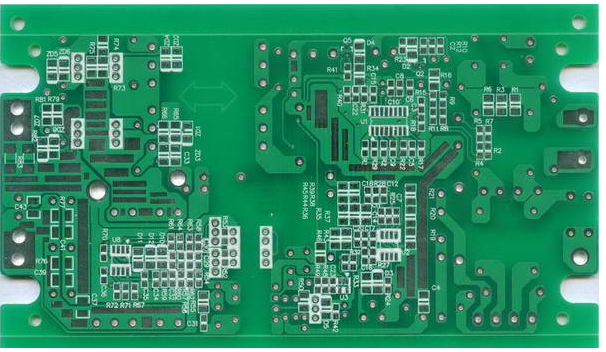PCBA patch processing plants may have problems such as false soldering, cold welding and wicking during the processing of lead-free patches. So how can PCBA patch processing plants solve these problems? The first is the problem of false soldering, which is usually caused by the following reasons: poor solderability of the components and pads, improper reflow soldering temperature and heating speed, incorrect printing parameters, long stagnation time after printing, and solder paste activity Causes such as deterioration. The solution is as follows: strengthen the screening of PCB and components, PCBA patch processing to ensure excellent soldering function; adjust the reflow soldering temperature curve; change the pressure and speed of the squeegee to ensure outstanding printing results; solder paste as soon as possible after printing and reflow soldering . Next comes the problem of cold welding. The so-called cold welding is that the surface of the solder joint is dark and rough, and it does not melt with the object to be welded. Generally speaking, the composition of cold soldering in SMT chip processing is mainly due to the inappropriate heating temperature. According to the reflow temperature curve provided by the supplier, adjust the curve, PCBA processing and then according to the actual situation of the produced product. Another problem is the wicking phenomenon. .

Sn/Pb solder paste was rarely present before, but this problem often occurs when lead-free solder paste is used. This is mainly because the moisture and expansion rate of lead-free solder paste is not as good as that of lead-containing solder paste. The primary cause of the wicking phenomenon is the high thermal conductivity of the component pins and the rapid temperature rise, which makes the solder preferentially wet the pins. The wet force between the solder and the pin is much greater than the wet force between the solder and the pad. The upward warping will aggravate the occurrence of wicking. The general solution: during reflow soldering, the SMA should be fully preheated and then placed in the reflow oven to carefully check and ensure the solderability of the PCB board pads. The coplanarity of the soldered components in the circuit board processing cannot be ignored. Equipment with poor commonality should not be used for production. Solder paste, usually called solder paste or solder paste, is a soldering material that must be used in SMT patch processing. The main component is tin powder and flux mixed into a paste. According to environmental protection requirements, it can be divided into leaded solder paste and lead-free solder paste (environmental protection solder paste): environmental protection solder paste contains only a small amount of lead, which is harmful to humans. Among electronic products exported to Europe and the United States, circuit boards Processing has strict requirements on lead content. Therefore, lead-free processes are used in SMT chip processing.
In the country's environmental protection management, it is a trend to use lead-free technology for SMT chip processing in the PCBA chip processing industry in the next few years. In the lead-free PCBA patch processing technology, it is relatively difficult to tin in the lead process, especially in the case of BGA\QPN, etc., it will choose the high silver content solder paste. The common ones on the market are silver containing 3 points and containing 0.3 points of silver. Among the solder pastes, silver-containing solder paste is currently the more expensive one. According to the melting point, it is divided into three types: high temperature, medium temperature and low temperature: the commonly used high temperature is tin silver copper 305,0307. PCBA has tin-bismuth silver at medium temperature, and tin-bismuth is commonly used at low temperature, which is selected according to product characteristics in SMT chip processing. According to the fineness of the tin powder, it is divided into No. 3 powder, No. 4 powder, No. 5 powder solder paste: Selection: In the SMT chip processing of generally relatively large components (1206 0805 LED lights), electronic processing uses No. 3 powder solder paste. Its price is relatively cheap. When encountering very precise soldering components such as BGA, products with high requirements such as mobile phones, tablets, and PCBA patch processing, No. 5 powder solder paste will be used.